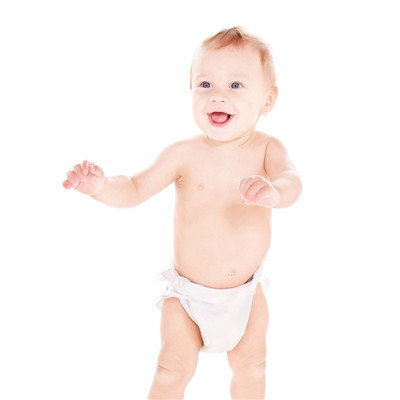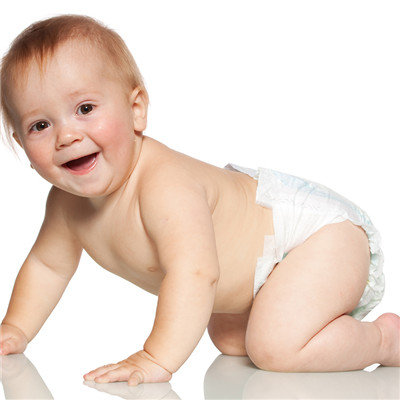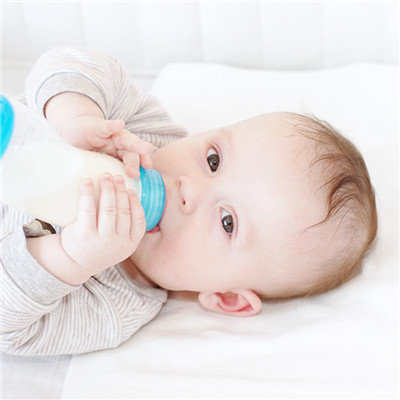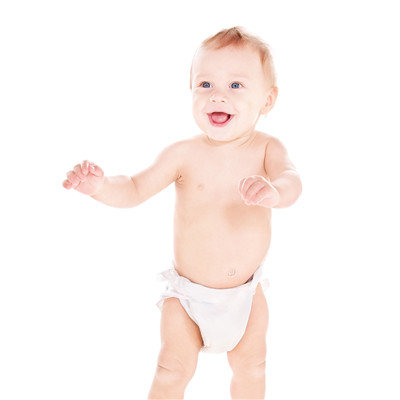Symptoms of heart failure in children
summary
When it comes to heart failure and heart disease and so on, many people will immediately think that the elderly have some genetic problems leading to heart disease. Heart disease caused by heredity is the most common in children, and it is also the most harmful disease in children. So what are the clinical manifestations of heart failure in children? Now let's talk about it.
Symptoms of heart failure in children
(1) The manifestations of sympathetic excitation and cardiac dysfunction: ① tachycardia: heart rate > 160 beats / min in infants and > 100 beats / min in school-age children, which is an early compensatory phenomenon. In the case of decreased stroke volume, tachycardia within a certain range can improve cardiac output and tissue hypoxia. ② Restlessness: often crying. ③ Loss of appetite: anorexia. ④ Hyperhidrosis: especially in the head, caused by compensatory enhancement of sympathetic excitability. ⑤ There was less activity. ⑥ Little urine. ⑦ Enlargement and hypertrophy of the heart: X-ray can assist in the diagnosis, but it should be noted that the hypertrophic thymus in neonates and infants can be mistaken for enlargement of the heart shadow. ⑧ Galloping horse rhythm: the appearance of galloping horse rhythm in diastolic period is caused by sudden ventricular expansion and rapid filling, which indicates that the child has poor cardiac function. ⑨ Peripheral circulation disorders: children with weak pulse, low blood pressure. Narrowing of pulse pressure, odd pulse or alternate pulse, cooling of extremities and blooming of skin are signs of acute decrease of systemic blood flow. ⑩ Developmental dystrophy: insufficient calorie intake due to long-term poor tissue perfusion.

(2) Pulmonary circulation congestion: infant heart failure often has respiratory dysfunction, seen in left heart failure or pulmonary vein occlusion lesions. Pulmonary congestion often occurs before systemic congestion, that is right heart failure. ① Shortness of breath: due to pulmonary vein congestion, pulmonary capillary pressure increased, pulmonary interstitial edema occurred; At this time, the respiratory rate is accelerated, and the infant can reach 60-100 times / min. Severe heart failure, alveolar and bronchiolar edema, dyspnea aggravation, accompanied by three concave sign. ② Wheezing sound: wheezing sound produced by the increase of small airway resistance is a sign of left heart failure in infants. It should be differentiated from bronchiolitis, bronchial asthma and bronchopneumonia. Children with bronchiolitis and mucosa around edema, breath obstruction, can occur obstructive emphysema. ③ Wet? Sound: children with alveolar accumulation of a certain amount of fluid wet? Voice, sometimes bloody bloody sputum. Can't you hear wet sex in infancy? Sound. ④ Cyanosis: cyanosis can be seen when alveolar effusion affects gas exchange. If the patient has congenital heart disease with decreased PaO2 (such as transposition of the great arteries, anomalous pulmonary venous return, etc.), if pulmonary venous congestion occurs, the PaO2 can be further decreased and the cyanosis will aggravate. ⑤ Dyspnea: dyspnea after exercise and paroxysmal nocturnal dyspnea are the characteristics of left heart failure in older children. Infants showed feeding difficulties, prolonged lactation time and willingness to hold upright. ⑥ Cough: congestion of bronchial mucosa can cause dry cough. If cough is obvious or accompanied by fever, pulmonary infection should be considered.

(3) Manifestations of systemic venous congestion: systemic venous congestion in children often occurs on the basis of left heart failure or pulmonary hypertension, but it can also occur alone. Such as pulmonary valve stenosis, constrictive pericarditis, etc. ① Hepatomegaly: hepatomegaly is the earliest and most common sign of systemic venous congestion. The liver of normal infants can be 2cm below the rib. If it exceeds this limit and the edge is blunt, heart failure should be considered, and progressive enlargement is more significant. Older children may complain of liver pain or tenderness. Long term liver congestion, mild jaundice may appear. ② Jugular vein distention: right heart failure in older children has jugular vein distention; Because of the short neck and much subcutaneous fat, it is not easy to show in infants. It is also a common sign of systemic venous congestion. * edema: edema in adults and older children is an important sign of right heart failure. But in infants, the volume of the vascular bed is relatively large, so the edema is not obvious. Generally, only mild eyelid edema is observed, but the body weight is increased every day, which is an objective index of fluid retention. Ascites and systemic edema were only found in older children or children with constrictive pericarditis and restrictive cardiomyopathy. ④ Abdominal pain: caused by visceral congestion and hepatomegaly.

matters needing attention
Infection, fatigue and mental excitement are the main factors of heart failure in children with heart disease, which should be actively prevented. Some patients should take digitalis for a long time to prevent heart failure. Actively prevent and treat various organic heart diseases., Prevention and treatment of respiratory tract infection, rheumatic activity, avoid overwork, control arrhythmia, limit sodium salt, avoid the use of drugs to inhibit myocardial contractility, for those who have cardiac insufficiency before pregnancy or early pregnancy, birth control should be carried out. 3 actively prevent and treat complications affecting cardiac function, such as hyperthyroidism, anemia and renal insufficiency.
















